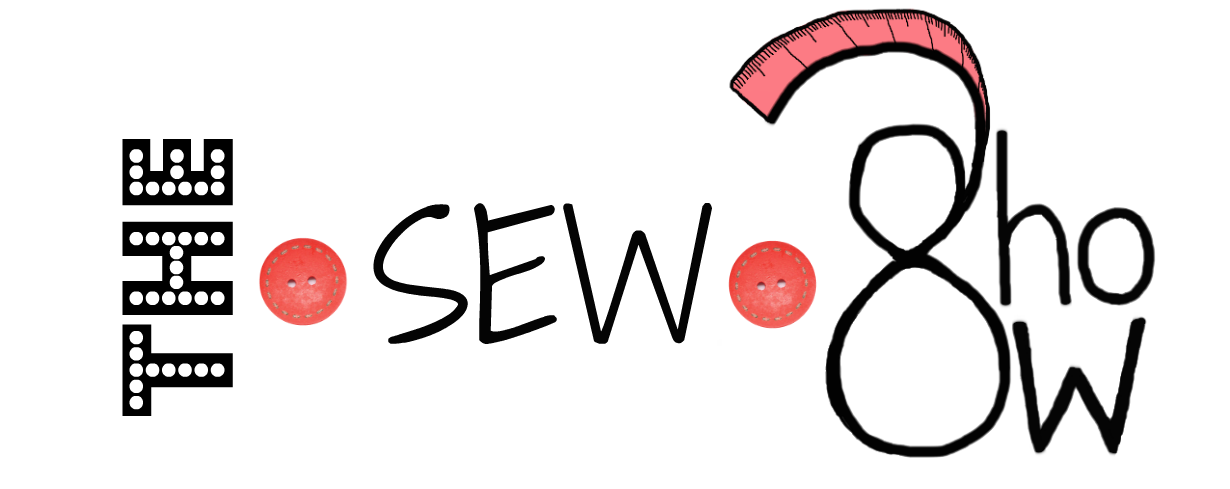Placket is essential when you are going for mandarin collar. Plackets tend to look more attractive if you use the same fabric you are using for collar. It adds a continuous effect ;going from neck to collar. Plackets always need to be sturdy so either you have to use moderately thick fabric or you can use thin fabric with a lining. I'm going for the later so let's get started.
Before you begin placket, you need to slit all the way down till where you want the placket to end. See image :
Take
the measurements ;the length of placket. The placket pieces must be cut out according to your desired length
while the width should be 2 inches if you want 1/2 inch as the placket
width (the remaining 1 and 1/2 inch will end up in folding)
*In these pictures I have already done first placket*
*In these pictures I have already done first placket*
After that keep the lining on the fabric piece and pin it on the placket slit with the right sides together as shown in the pic.
Be sure to note that the placket piece is kept such a way that the sides are together.
Now sew through the first 1/2 inch.
Fold over to the wrong side and sew as shown.
In a similar way sew the other placket. Now turn to the wrong side of the fabric and you will see their crossing point at the end of the placket slit.
Keep the triangular portion towards the wrong side such that once you flip the placket crossing it should look something like this.
Turn to the right side of the fabric and sew the placket as shown.
Now, sew the edge of the placket to make it sturdy and attractive.
Stitch the placket opening if the placket is too deep in its slit. There you have a lovely placket.
Be sure to note that the placket piece is kept such a way that the sides are together.
Now sew through the first 1/2 inch.
Fold over to the wrong side and sew as shown.
In a similar way sew the other placket. Now turn to the wrong side of the fabric and you will see their crossing point at the end of the placket slit.
Keep the triangular portion towards the wrong side such that once you flip the placket crossing it should look something like this.
Turn to the right side of the fabric and sew the placket as shown.
Now, sew the edge of the placket to make it sturdy and attractive.
Stitch the placket opening if the placket is too deep in its slit. There you have a lovely placket.
























































